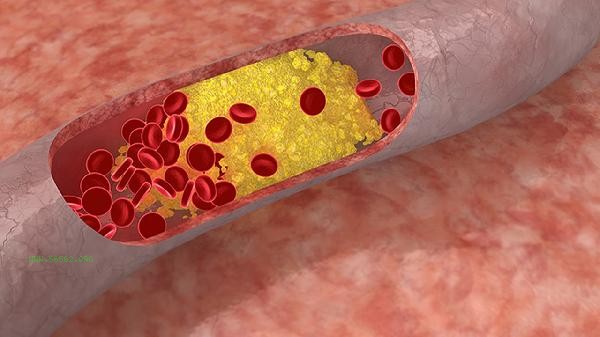The determination of average red blood cell parameters mainly checks three indicators: average red blood cell volume, average red blood cell hemoglobin content, and average red blood cell hemoglobin concentration, which are used to evaluate the type of anemia and abnormal red blood cell morphology.

The average red blood cell volume reflects the size of individual red blood cells, and an increase in the value indicates large cell anemia, commonly seen in folate or vitamin B12 deficiency; A decrease in values suggests small cell anemia, which may be associated with iron deficiency or chronic diseases. The average hemoglobin content of red blood cells displays the amount of hemoglobin in a single red blood cell, and combined with volume parameters, it can distinguish between iron deficiency anemia and thalassemia. The average hemoglobin concentration in red blood cells reflects the degree of concentration of hemoglobin within the cells, and a decrease may indicate iron deficiency or hemoglobin synthesis disorders. These three indicators need to be analyzed together with basic indicators such as red blood cell count and hemoglobin concentration, which have important value for the differential diagnosis of anemia.
There is no need to fast before the examination, but vigorous exercise or emotional tension should be avoided during blood collection to affect the results. If abnormal indicators are found, it is recommended to further conduct specialized tests such as iron metabolism examination, vitamin level testing, or hemoglobin electrophoresis. Daily attention should be paid to a balanced diet, ensuring the intake of hematopoietic raw materials such as iron, folate, and vitamin B12, and avoiding long-term consumption of strong tea that affects iron absorption. Women with excessive menstrual flow should regularly monitor their blood routine.








Comments (0)
Leave a Comment
No comments yet
Be the first to share your thoughts!